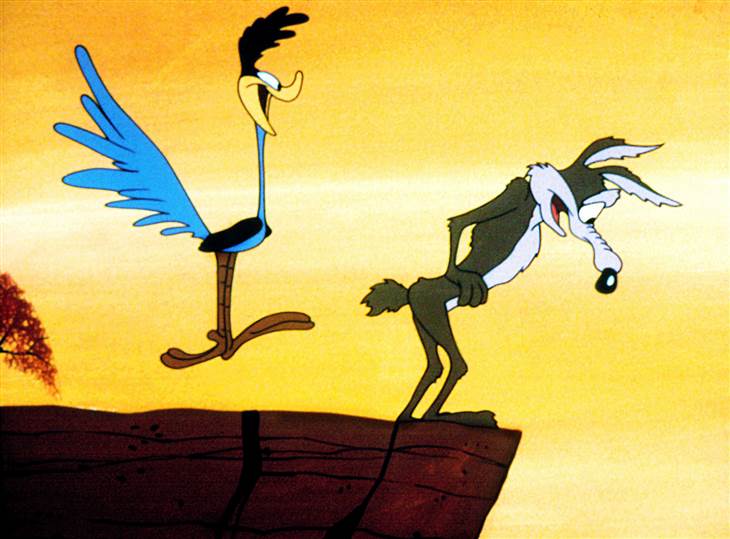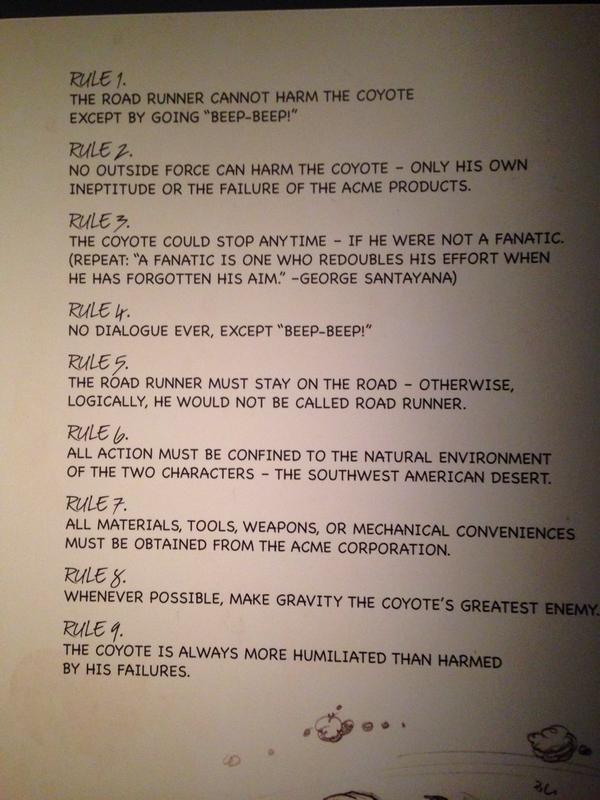I’ve lived all of my life in various cities on the East Coast, north and south. Various cultural and geographic features of the mid-Atlantic have shaped me in ways I’m probably only partially aware of. But this past summer I spent more time on the West Coast—L.A. to be precise—than I ever have before, and I found it completely refreshing. Of course, mass commerce being what it is, no matter where you go in the U.S., you run smack into a Target, usually flanked by strips of other tediously familiar chains. But instead of the towering pines of my current locale, I gazed up at languid palm fronds, and instead of the typical East Coast swelter, I relished the arid heat and the faint ocean tang in the air. A change in climate changes one’s perceptions of the world, and that’s not even to mention my—admittedly superficial—tourist’s appreciation of myriad architectural, culinary, and other SoCal eccentricities.
On returning and settling back into the grind, I still felt the pull westward, toward L.A.’s weirdness. This is unsurprising—it’s a city, and a state, that have always symbolized escapism, as well as disappointment, whether that of the Joads, Norma Desmond, or countless real anonymous hopefuls. The story of moving west in pursuit of some American Dream is as old as Lewis and Clark and as new as Devo, one of whose founding members, native Californian Mark Mothersbaugh, narrates above his journey to Hollywood with his bandmates after college at Kent State (at the top of the post). He begins with some formative childhood experiences—getting his first pair of glasses in 2nd grade (Mothersbaugh is legally blind), seeing the Beatles on Ed Sullivan. He then tells, in brief, the story of Devo vs. the record company, or how a quirky art-rock band co-opted Madison Avenue strategies to “tell the good news of de-evolution,” only to themselves become a commodity after scoring a hit with “Whip It.”
The video is part of a series called “California Inspires Me,” a collaboration between Google Play and California Sunday magazine. Beneath Mothersbaugh’s animated story, see one from filmmaker and artist Mike Mills, who talks about skateboarding and punk rock in his L.A. youth. In the video above, singer/songwriter Thao Nguyen shares her “really deep appreciation for the history of San Francisco in music.” And below, Jack Black relates his experiences growing up in the “deep, deep South” of Southern California, specifically Hermosa Beach, with its surf culture, and “free-wheeling hippie love.” If there’s one thing that ties all four videos together—besides the music by Shannon Ferguson—it’s the mellow personalities of the four Californian artists. Watching the series from my currently blustery winter climate gave me the East Coast jitters, firing up that urge again to hit the dusty trail and revisit, or maybe relocate to the Sunshine State.
Related Content:
Watch Huell Howser’s Decades of Television Travels Online. It’s California Gold!
The Mastermind of Devo, Mark Mothersbaugh, Shows Off His Synthesizer Collection
Josh Jones is a writer and musician based in Durham, NC. Follow him at @jdmagness




